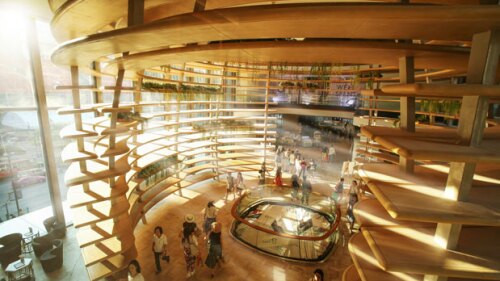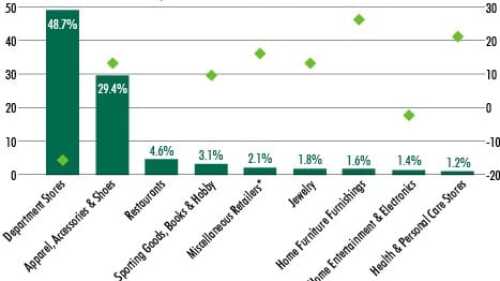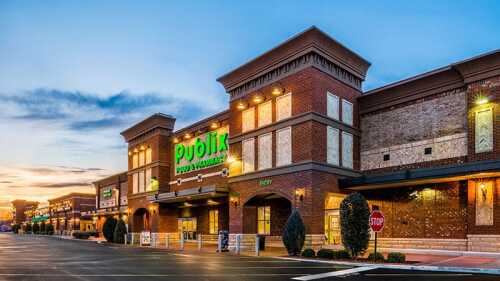Retail
At the 2020 ULI Asia Pacific Leadership Convivium, an international retail CEO shared her experience of engaging with customers, both offline and online, during the COVID-19 pandemic and how working with understanding landlords has helped create win/win outcomes.
Bangkok mastered the art of glitzy retail palaces. Now, authenticity is the favored currency.
A retail developer and ULI longtime leader shares how his firm is approaching the current shutdown in the United States and beyond.
Singapore-based developer CapitaLand is harvesting data to boost the revenues of its retail tenants and to help it locate future malls. Speaking at the ULI Asia Pacific Convivium, Chris Chong, managing director at CapitaLand Retail, said that the company uses data to boost both footfall and spending for tenants in its malls, which will ultimately benefit the landlord.
At the 2019 ULI U.K. National Conference, a panel on the practicalities of real estate investment reflected on the opportunities and challenges, not least in terms of the impact that Brexit is having on investor sentiment, as well as where we are in the market cycle. Multifamily continues to do well, while retail is struggling as in overbuilt markets.
The growing popularity of online grocery shopping could result in demand for up to 35 million square feet (3.25 million sq m) of U.S. cold-storage space shifting from retail stores to warehouses and distribution centers within the next seven years, according to a report from CBRE.
At the 2018 ULI Europe Conference in Berlin, a number of discussions on the future of the retail business looked at the changing shopping center ecosystems and what developers could be doing better.
A new report from CBRE highlights that the two categories occupying the most space in U.S. malls—department stores at 48.7 percent of gross leasable area, and apparel, accessories, and shoes at 29.4 percent—also posted relatively tepid retail-sales growth from 2011 to 2016. In contrast, categories with stronger retail-sales growth, such as health care, still account for relatively little occupancy of U.S. malls
In addition to Amazon’s purchase of Whole Foods, an enormous amount of movement has occurred in the grocery sector in the past year, as regional chains expand into new markets and European brands enter the United States.
The growing economic impact of millennials, growing demand for dining, and increasing interest from international brands are transforming the American retail real estate landscape.








